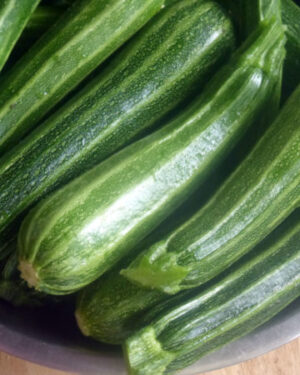Description
Carrot Early Nantes 2 Pelleted Seeds
Carrot Early Nantes 2 Pelleted Seeds are a variety specifically bred for early harvesting and excellent flavor. The pelleted seeds are coated to make them larger and more uniform, making planting and handling easier.
Cultivation advice for Carrot Early Nantes 2 Pelleted Seeds
- Opt for loose, well-draining soil. Remove rocks and debris that might impede root growth. Aim for a pH level between 6.0 and 6.8 for optimal growth.
- The pelleted seeds make handling easier. Plant them directly in the ground, about a quarter to a half-inch deep, adhering to the spacing instructions mentioned on the seed packet.
- Keep the soil consistently moist but not waterlogged during germination and early growth. Ensure even moisture to prevent the seeds from drying out.
- As the seedlings develop, thin them to provide adequate space for root growth. Follow the recommended spacing guidelines to allow carrots to reach their full size without crowding.
- Ensure the planting area receives ample sunlight, ideally 6-8 hours per day, for healthy foliage and root development.
- Apply a thin layer of mulch to retain moisture, regulate soil temperature, and suppress weed growth. Keep the area around the carrots weed-free to reduce competition for nutrients.
- Carrots generally don’t require heavy feeding. Prior to planting, incorporate compost or a balanced fertilizer into the soil. Avoid excessive nitrogen, as it can lead to lush foliage at the expense of root growth.
- Monitor for pests such as carrot flies or aphids. Consider using row covers or companion planting with aromatic herbs like rosemary or sage to deter pests naturally.
- Early Nantes 2 carrots typically mature in around 60 days. Harvest them when they reach the desired size and color. Gently pull them from the soil, taking care not to damage the roots.
- Remove the carrot tops and store the harvested carrots in a cool, humid environment to maintain freshness. Refrigeration or a root cellar are suitable options for storing carrots.
- Ensure consistent care throughout the growth cycle. Carrots prefer steady moisture levels, so avoid fluctuations in watering. Even, moderate moisture is key, especially during germination and root development.
- When thinning the seedlings, snip off the unwanted plants rather than pulling them out. This reduces root disturbance for the remaining plants and helps prevent damage to the nearby roots.
- Apply mulch thinly and carefully around the carrot plants. Heavy mulching or burying the young seedlings can hinder their growth. Mulch helps retain moisture, regulate soil temperature, and inhibit weed growth without smothering the plants.
- Check the carrots as they grow. If you notice any part of the carrot root exposed to sunlight, gently cover it with soil to prevent green shoulders, which can cause bitterness.
- Carrots prefer deep, loose soil to grow straight and avoid forking or becoming misshapen. Prior to planting, work the soil to a depth of at least 12 inches to encourage proper root development.
- For a continuous harvest, consider planting seeds in intervals, every few weeks. This practice ensures a staggered harvest and a steady supply of fresh carrots.
- Carrot germination can be affected by temperature. Ideal soil temperatures range between 50°F to 85°F (10°C to 29°C). Cooler temperatures might delay germination, while higher temperatures can lead to poor germination rates.
- Employ organic pest control methods like neem oil or diatomaceous earth to deter pests. Monitor regularly for signs of pest infestation or disease and take prompt action to manage any issues.
- Taste-test carrots for sweetness to determine the best time for harvest. Often, carrots harvested slightly smaller can be sweeter and more tender than larger ones.









Reviews
There are no reviews yet.